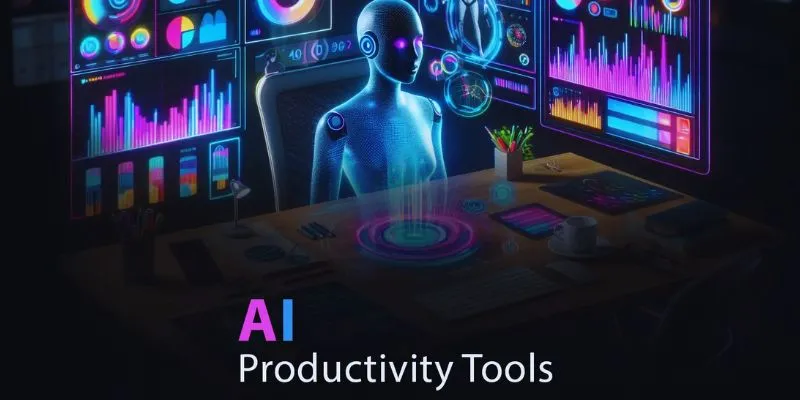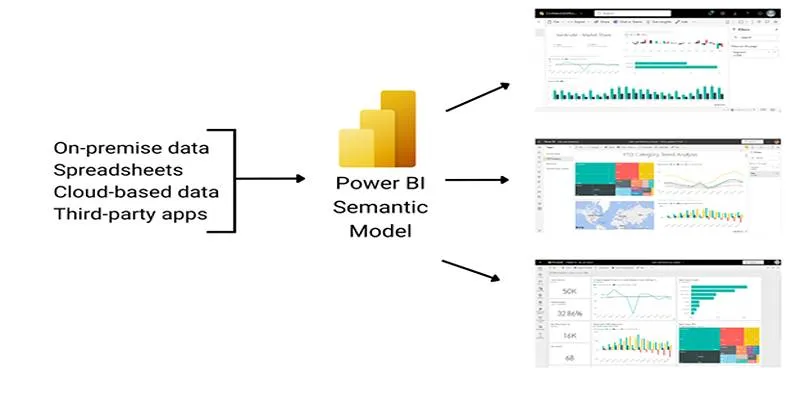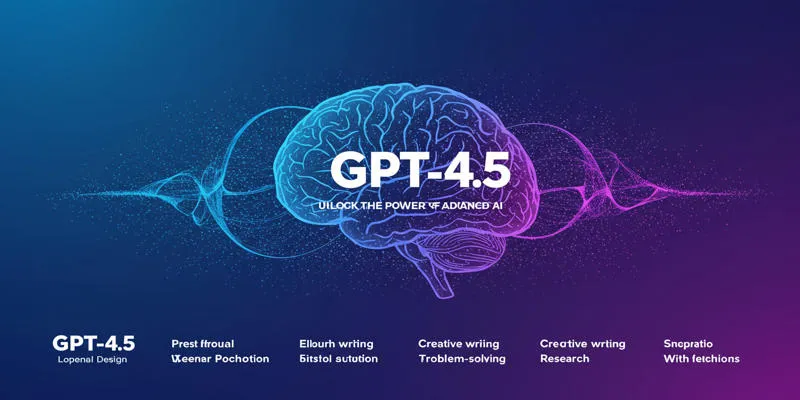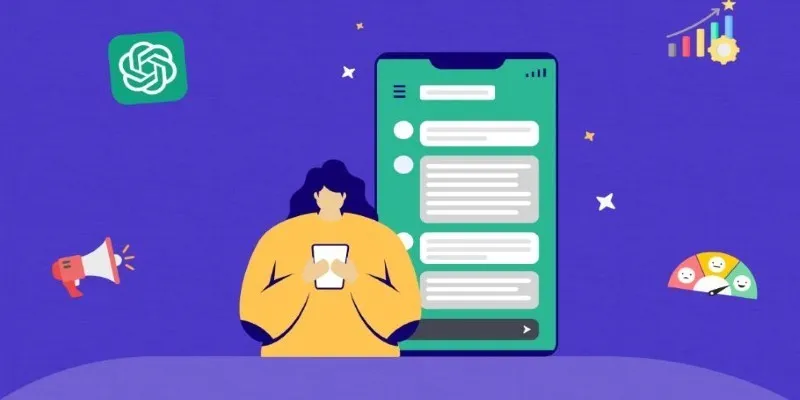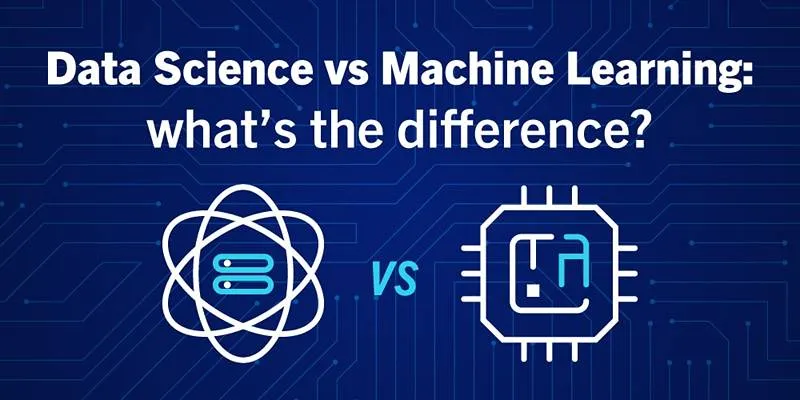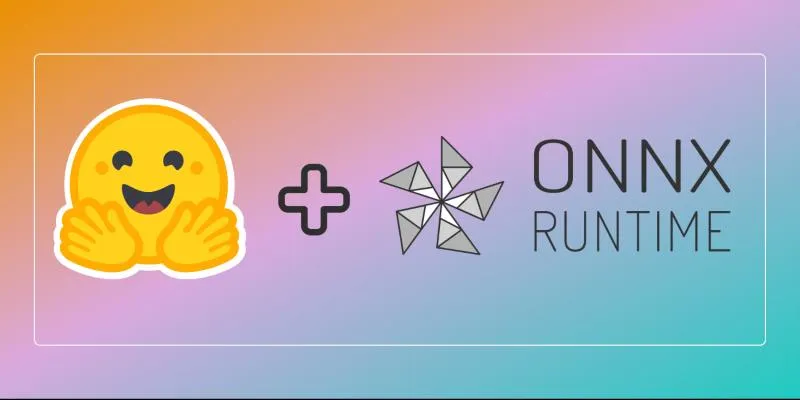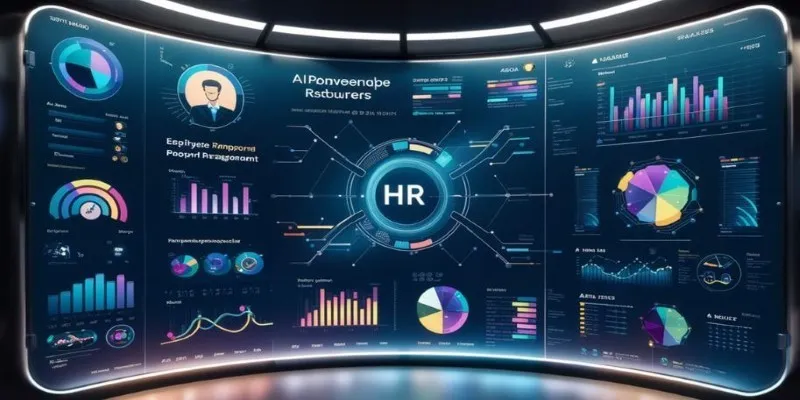OpenAI has become a leading name in artificial intelligence, pushing the boundaries of how machines understand and respond to human input. While the company is widely known for its language models like ChatGPT and GPT-4, OpenAI’s audio models have quietly been making a huge impact on how speech and sound are processed.
These models aren’t just experiments—they’re powerful tools already being used in apps, media, and daily communication. This guide explores everything a user needs to know about OpenAI’s audio models: how they work, how to access them, what they can do, and why they matter in real-world applications.
What Are OpenAI’s Audio Models?
OpenAI’s audio models are designed to convert spoken words into written text, detect language, and even translate spoken content into other languages. The most well-known model, called Whisper, is an advanced speech recognition system trained on hundreds of thousands of hours of multilingual and multitask audio. It is capable of transcribing conversations, identifying languages, and performing translation—all with remarkable accuracy.
The audio tools created by OpenAI are built with machine learning algorithms that understand context, tone, and sound patterns. These models are especially useful in situations where capturing speech precisely is critical, such as in podcasts, meetings, educational content, and customer service.
How to Access OpenAI’s Audio Models
There are several ways individuals and organizations can use OpenAI’s audio models. Each method offers different levels of control and ease, making the tools accessible to a wide range of users, from casual consumers to technical developers.
Access via the ChatGPT App
The most direct way to access OpenAI’s audio features is through the ChatGPT mobile app, available on both iOS and Android. Users with a ChatGPT Plus subscription can use voice input powered by Whisper.
- Simply tapping the microphone icon in the app allows users to speak, and the model instantly converts the speech to text.
- This method requires no setup and is ideal for everyday users who want fast, on-the-go interaction without typing.
The integration of Whisper into the ChatGPT app makes it especially convenient for users who rely on mobile devices for productivity or communication.
Using the Whisper API
For developers and companies, OpenAI provides access to Whisper through its API platform. It allows for audio capabilities to be built directly into custom software, websites, or tools.
- The API accepts audio files and returns text-based transcriptions or translations.
- It supports multiple file formats and offers adjustable parameters for language and transcription style.
Developers can integrate speech-to-text or language detection into apps for education, content creation, accessibility, and more.
Open Source Whisper on GitHub
In a rare move for such powerful technology, OpenAI released the Whisper model as open-source software on GitHub. It gives developers complete freedom to experiment with and modify the model on their servers.
- It supports local use without relying on cloud servers.
- It enables enhanced privacy for projects involving sensitive audio data.
Although it requires technical know-how, this option allows businesses and researchers to fully control the environment in which the model runs.
Key Features of OpenAI Audio Models
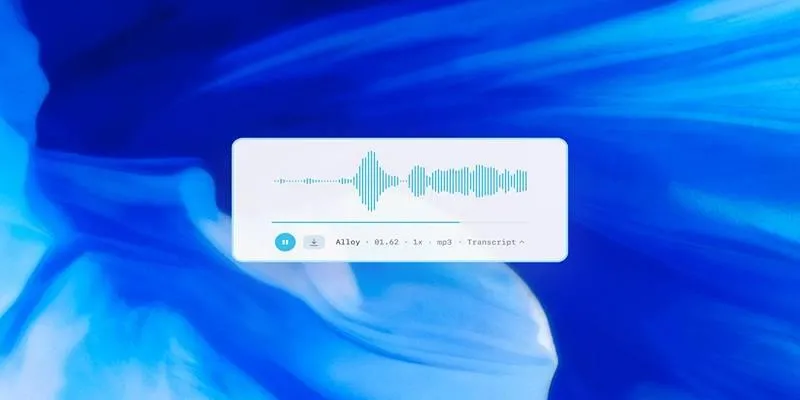
OpenAI’s audio tools go far beyond basic voice typing. They are designed with features that make them highly adaptable to real-world needs.
Advanced Transcription Capabilities
The core function of Whisper is its ability to transcribe speech to text with excellent accuracy. It includes both short snippets and long recordings, even in environments with some background noise.
- Recognizes different accents and speech patterns
- Maintains context for more accurate phrasing
- Supports punctuation and formatting automatically
Multilingual Support
Whisper supports more than 90 languages, making it an invaluable tool for global communication and content creation.
- Detects the spoken language automatically
- Handles code-switching between languages in conversation
- Helps translate speech from one language to another
This level of language support allows businesses to reach international audiences effortlessly.
Real-Time Interaction
When used in the ChatGPT app, Whisper enables live conversation input, making it feel more like a voice assistant than a traditional transcription tool.
- Instant conversion from speech to text
- Interactive replies powered by GPT-4
- Suitable for quick commands, messages, or questions
This interactive experience is increasingly being adopted by productivity and smart assistant platforms.
Real-World Applications of OpenAI Audio Models
OpenAI’s audio models are helping people in many fields:
- Podcast creators use transcription tools to turn episodes into blog content
- YouTubers generate subtitles in multiple languages
- Teachers translate classroom lectures for multilingual students
- Developers build voice-based apps or chatbots
- Businesses use voice assistants for customer service
- Accessibility experts provide voice-to-text tools for people with hearing loss
This wide range of uses shows just how powerful these models are.
Benefits of OpenAI’s Audio Tools

Here are some of the most important advantages offered by OpenAI’s audio models:
- Accuracy: Whisper outperforms many commercial transcription services, even with difficult audio.
- Scalability: Whether it’s a short voice note or a multi-hour seminar, the model handles large workloads efficiently.
- Multifunctionality: One tool handles transcription, translation, and language recognition.
- Ease of Use: With options for both beginners and experts, access is truly universal.
These benefits make OpenAI’s audio models highly attractive for individuals, startups, and large enterprises alike.
A Few Limitations to Keep in Mind
While the tools are advanced, no AI model is perfect. Users should be aware of a few limitations:
- Accuracy drops in extremely noisy environments or when speakers talk over one another.
- Complex formatting, such as speaker labeling or time-stamping, may require extra post-processing.
- Real-time streaming is not yet fully supported outside of ChatGPT’s app experience.
Still, these drawbacks are relatively minor compared to the overall capabilities of the models.
Conclusion
OpenAI’s audio models are reshaping how speech technology is used in both personal and professional settings. From fast and reliable transcription to live multilingual interaction, the tools are easy to access, packed with useful features, and are already transforming industries. Whether accessed through the ChatGPT app, the Whisper API, or the open-source version on GitHub, OpenAI’s audio models provide unmatched flexibility and accuracy. As more developers and creators tap into these tools, the future of human-computer interaction is becoming more natural—and more voice-driven.
 zfn9
zfn9
